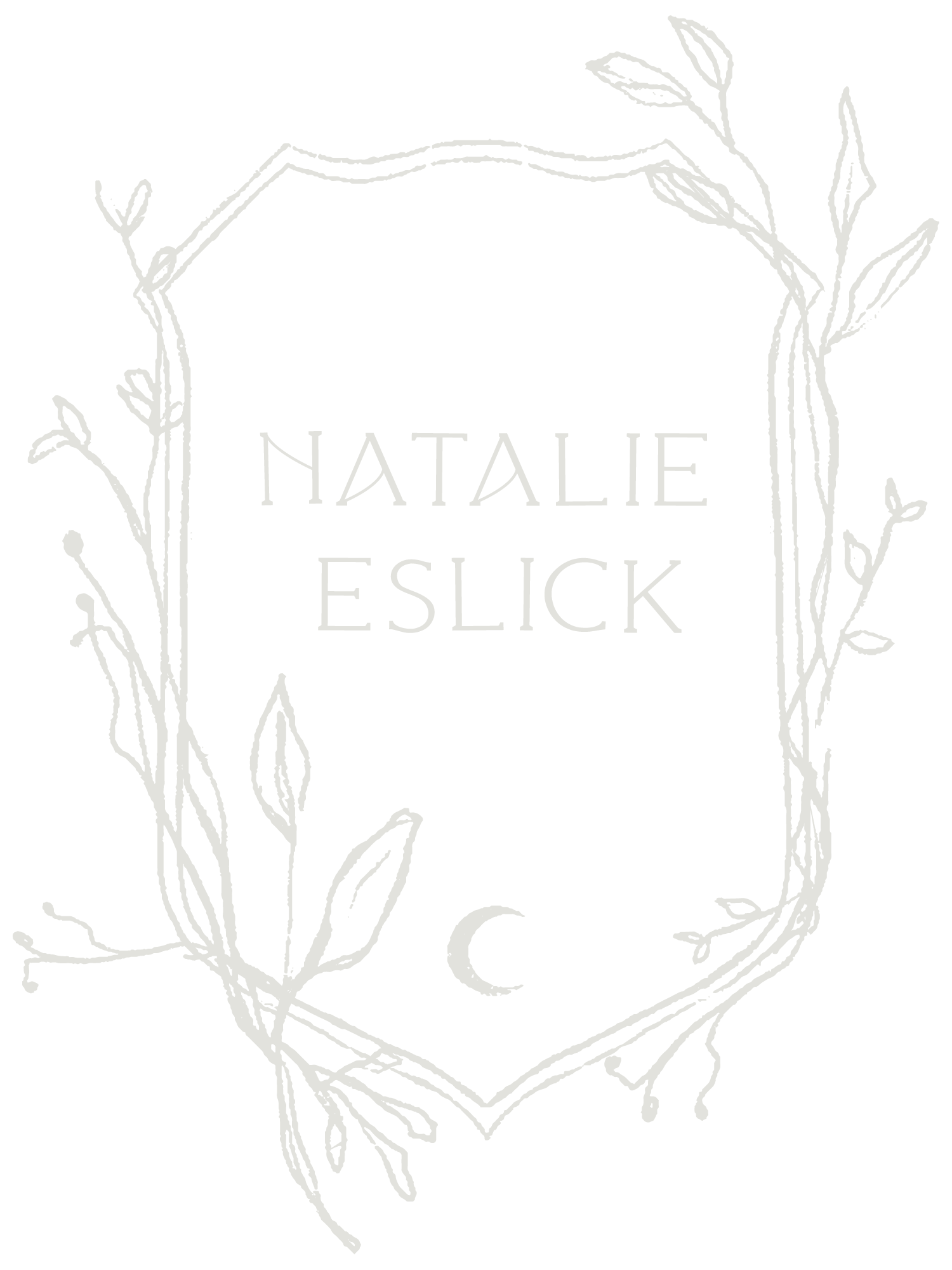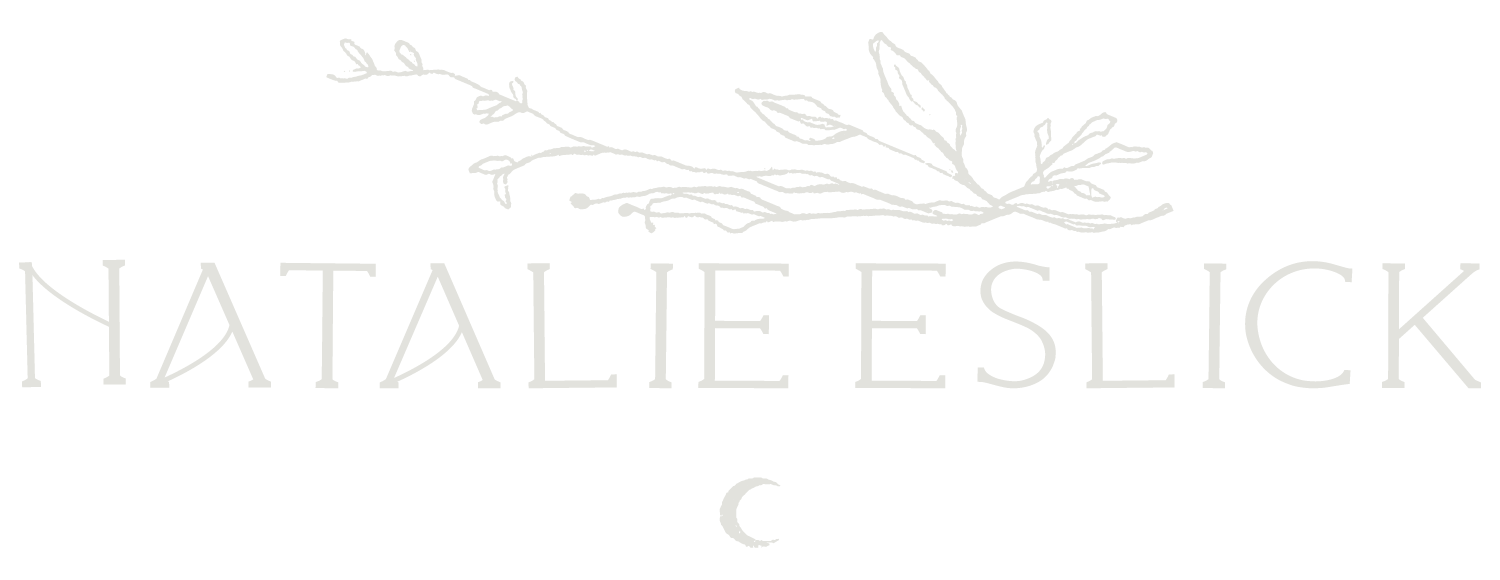The Art of Seeing
How Shape and Value Bring Wildlife Drawings to Life
Have you ever found yourself getting lost in the details of a drawing before you've established the bigger picture? As wildlife artists, we often feel drawn to those captivating details - the glint in an eye, the texture of feathers - but the key to creating authentic, lifelike drawings lies in something more fundamental: understanding shape and value.
Let's explore this through the lens of one of Australia's most charismatic birds - the Kookaburra.
Understanding Basic Shapes
When we first look at a Kookaburra, they might seem complex - that impressive beak, the intricate feather patterns, those knowing eyes. But every complex form can be broken down into simple shapes. Think of it like sculpture - before adding detail, we need to establish the basic form.
For our Kookaburra friend, we can see:
A rounded body (think oval or egg shape, but a little tubby)
A triangular beak
A rounded squared-off head
An elongated half circle tail
By starting with these basic shapes, we create a strong foundation for our drawing. This approach isn't just about technique - it's about training ourselves to truly see. Everything, no matter how complex, can be broken down into shapes, and seeing those shapes, then refining them, is a big part of being able to draw realistically from scratch. Think of it as sculpting. Michelangelo did not go straight into a block of marble with detail - he chiselled away to a basic shape first, then refined that to smaller and smaller shapes until he had form and a likeness. It is no different with drawing.
The Power of Value
Once we have our shapes established, value becomes our tool for creating form. Value - the range from light to dark - is what transforms flat shapes into three-dimensional forms that seem to come alive on the page. For there to be highlights that really pop off the page, we have to have darkness for them to contrast against. And so the drawing does not look flat and poster-like between the dark-darks and light-lights, we have to have a range of midtones in between.
In our Kookaburra, notice how:
The shadows under the beak help define its strength
The subtle shifts in value across the body show their rounded form
The contrast around the eye draws our attention and creates focus
The transition between light and shadow on the feathers creates texture
Building value slowly and deliberately helps us stay present with our subject. It's not about rushing to the darkest dark - it's about understanding how light plays across form, where the markings of the bird or animal are, and what we want our focus of the drawing to be.
The Role of Curiosity
Here's where curiosity becomes our greatest teacher. Instead of thinking "I have to get this right," try asking:
What shape does this shadow make?
How does this edge curve?
Where is the light hitting most strongly?
What happens in the transition between light and dark?
This shift from judgment to curiosity not only improves our art - it deepens our connection with our subject. We begin to see not just with our eyes, but with our hearts.
Curiosity in creativity needs to be at least three fold. How can I use my tools to describe this being in pigment? How can I see this being more and more deeply so that I can honour them and their story? How can I be self compassionate enough to let myself learn and unfurl at my own pace, and celebrate showing up for my creative self care (and not any given outcome)?
Practical Tips for Your Practice
Start with Loose Shapes
Hold your pencil further back on the barrel
Keep your grip light
Focus on the biggest shapes first
Don't worry about details until you have refined the shape over and over
Let your arm move freely from the shoulder
Build Value Gradually
Keep your pressure light
Layer your marks slowly
Observe where values transition
Keep checking your dark and light relationships
Remember that midtones create roundedness
Stay Curious
Take breaks to really look at your subject
Ask yourself questions about what you see
Be willing to adjust as you go
Celebrate the process of discovery
Trust that each mark teaches you something
Practice Compassion
For your subject - honour their essence
For yourself - embrace the learning process
For your art - allow it to develop naturally
For your growth - celebrate small wins and consistent practice
Remember that every artist - even those whose work you admire most - started with basic shapes and simple values. It's not about rushing to the finish line; it's about being present for each step of the journey.
A Simple Exercise to Try
Choose a reference photo of any wild being (or watch my Kookaburra tutorial on YouTube for guidance). Before you start drawing:
Spend a few minutes just observing
Use your finger to trace the major shapes in the air, or use an iPad or tablet like I do, or even use the back of a pencil to trace around a print out. The goal is to get familiar with what you are seeing.
Notice where the lightest lights and darkest darks appear
Look for relationships between shapes
Only then begin your drawing, starting with the largest shapes
This pre-drawing ritual helps train your eye and calm your mind, preparing you for more intentional art-making.
The Joy of Discovery
When we approach our wildlife art with curiosity about shape and value, something magical happens. Not only do our drawings improve technically, but our connection to our subjects deepens. We begin to see the world with new eyes, noticing the play of light and shadow everywhere we look.
This is the true gift of artistic practice - not just the ability to create beautiful drawings, but the development of deeper awareness and connection to the wild world around us.
Keep sketching! Every mark you make is a step on this beautiful journey of discovery and connection.
Watch the YouTube video below
(Full videos, community, and so much more inside Hedgerow - find out more now!)



